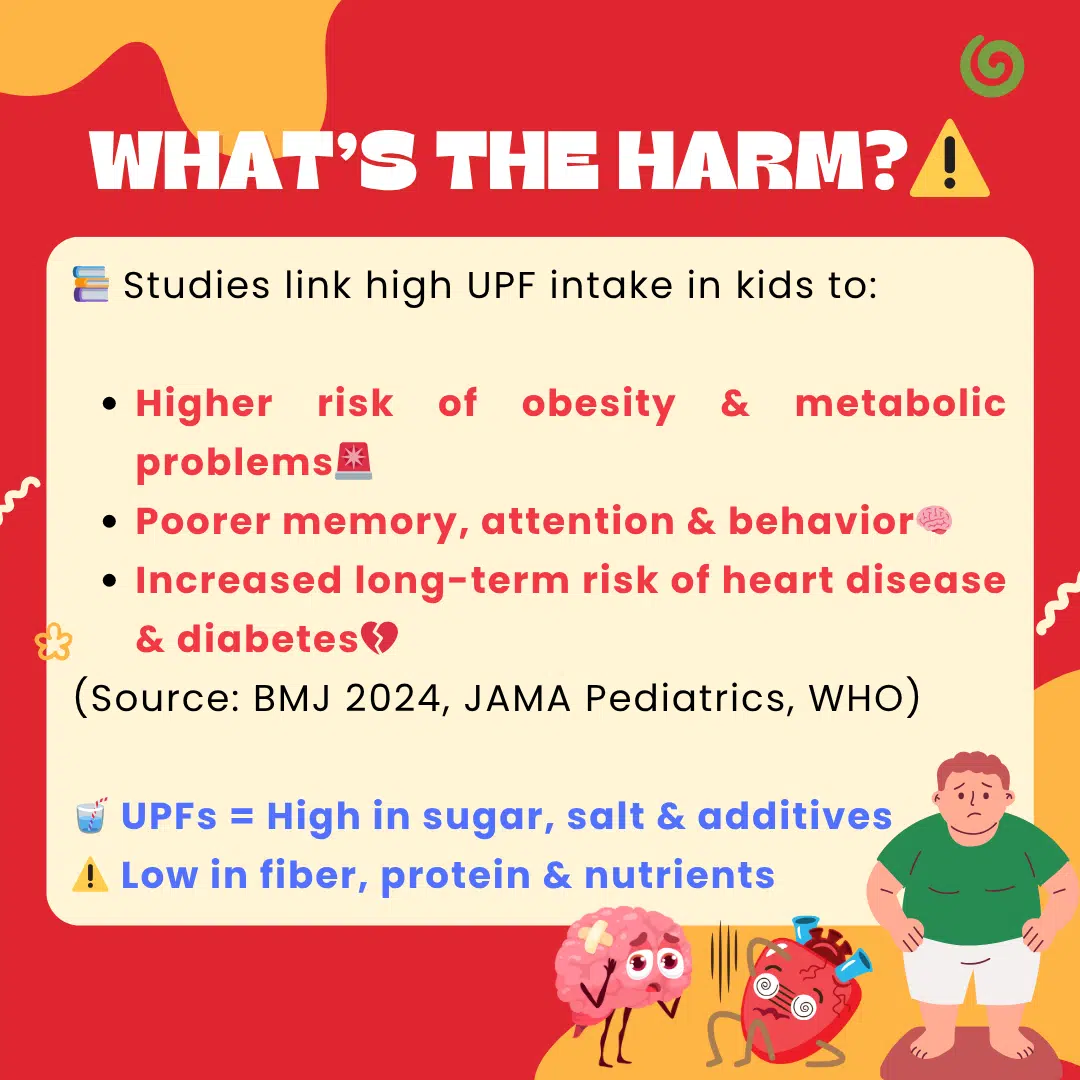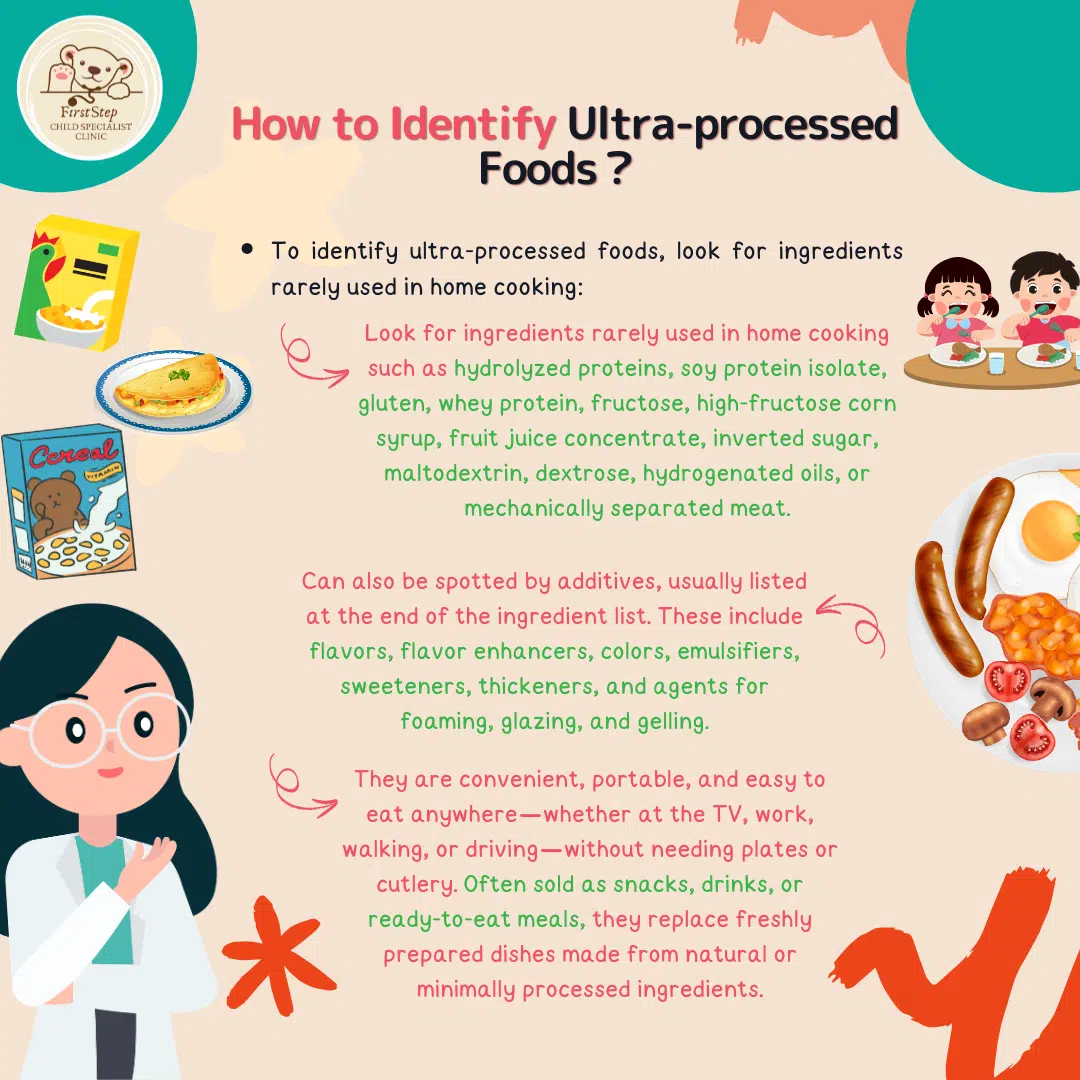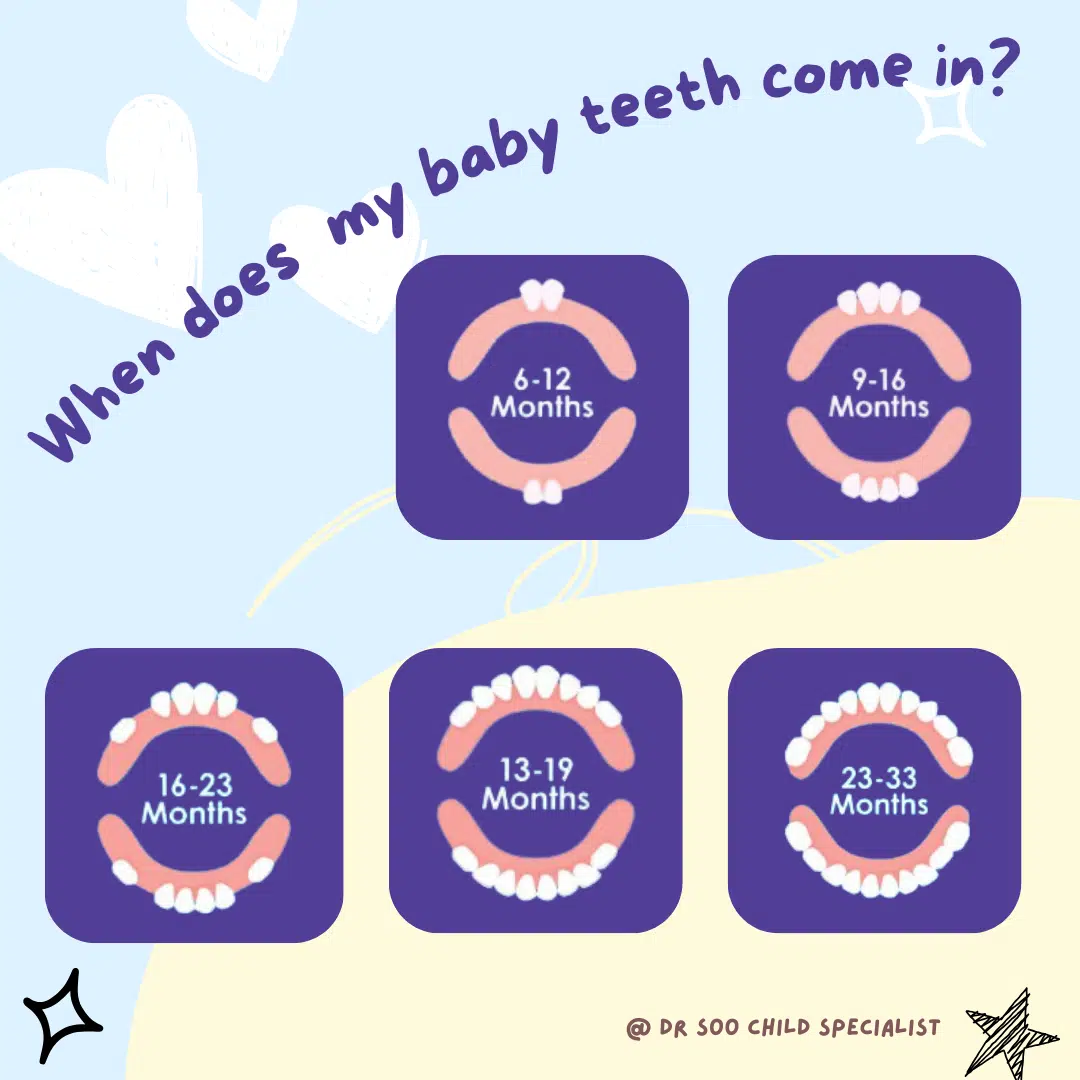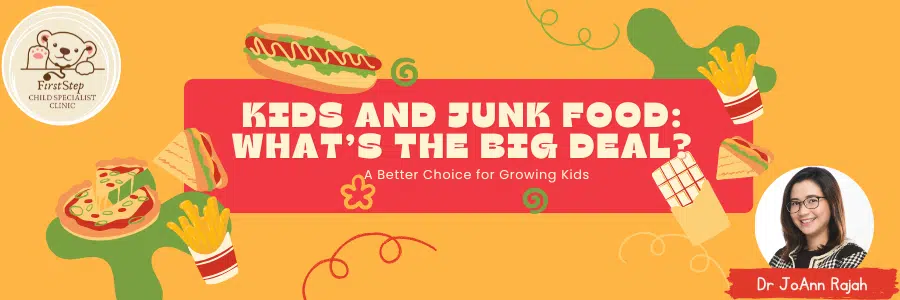
Ultra-processed foods
Why Kids Should Go Easy on Ultra-Processed Foods
These are examples of ultra-processed foods (UPFs), and they’ve quickly become staples in many children’s diets. While convenient and often kid-approved, ultra-processed foods raise serious concerns when consumed in excess, especially during a child’s critical years of growth and development. Walk through any supermarket aisle and you’ll be greeted by a kaleidoscope of colorful packaging—rainbow cereals, cheesy crackers, neon-colored drinks, and irresistible snack bars.
So, what exactly are ultra-processed foods, and why are experts urging parents to limit them in their children’s diets? Let’s dive into the evidence and offer practical tips to strike a balance without causing food anxiety.
What Are Ultra-Processed Foods (UPFs)?
Ultra-processed foods go far beyond simple processing like washing, freezing, or grinding. They are industrial formulations typically made with little to no whole food. Instead, they’re composed of substances extracted from food (like oils, fats, sugar, starch, and protein isolates), along with artificial flavorings, colorings, preservatives, and emulsifiers to enhance taste, texture, and shelf life.
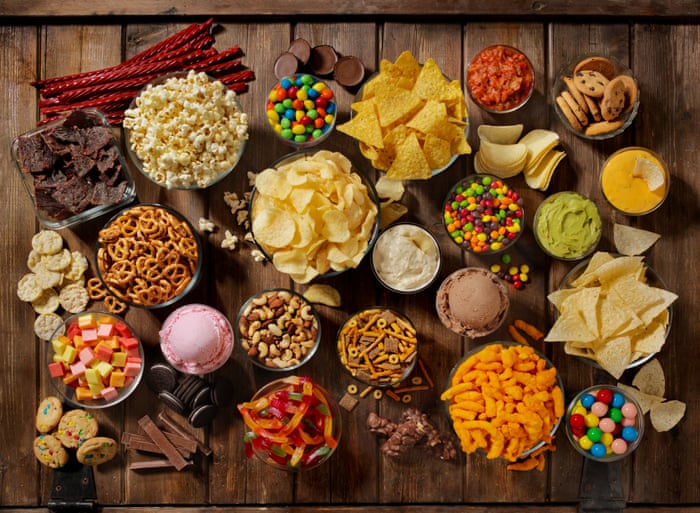
Ultra-processed foods
Common examples include:
-
Sugary breakfast cereals
-
Flavored yogurt with additives
-
Instant noodles
-
Packaged cookies, cakes, and pastries
-
Processed meats (e.g., nuggets, sausages)
-
Soda and sweetened drinks
-
Chips and packaged savory snacks
These items often dominate children’s lunchboxes, party menus, and snack cupboards, largely due to aggressive marketing, convenience, and taste appeal.
What Does the Research Say?
The concern over UPFs is not just a passing nutrition trend. A growing body of evidence links high consumption of these foods to a variety of health issues in children.
1. 🚨 Increased Risk of Obesity and Metabolic Syndrome
A 2024 study published in BMJ reviewed global data and found a clear association between higher intake of ultra-processed foods and childhood obesity. These foods are usually calorie-dense but nutrient-poor, leading to excessive calorie intake without providing the vitamins and minerals needed for healthy development.
Additionally, metabolic syndrome—a cluster of conditions including high blood sugar, abnormal cholesterol levels, and increased blood pressure—has also been observed in children with high UPF consumption. These factors significantly increase the risk of heart disease and type 2 diabetes later in life.
2. 🧠 Poorer Cognitive Function and Behavior
According to JAMA Pediatrics, children who consume a diet high in ultra-processed foods may experience reduced attention spans, memory problems, and even behavioral issues. One theory is that high sugar and additive levels cause fluctuations in blood glucose levels, affecting concentration and mood.
Artificial colorings and preservatives, commonly found in UPFs, have also been associated with hyperactivity and other behavioral concerns in susceptible children.
3. 💔 Long-Term Cardiovascular Risk
Ultra-processed foods often contain unhealthy fats, excessive salt, and added sugars—key contributors to heart disease. Although cardiovascular disease is usually seen in adulthood, habits and damage begin in childhood. The World Health Organization (WHO) has warned that excessive sodium and trans fats in children’s diets can start the trajectory toward lifelong health complications.
But Should We Ban Them Entirely? Not Quite.
It’s important to remember that food is not just fuel—it’s also culture, celebration, and comfort. Outright banning ultra-processed foods can lead to:
-
Food guilt and anxiety
-
Social isolation (e.g., avoiding parties)
-
Increased desire for “forbidden” foods
Instead of demonizing these foods, the goal should be moderation. A slice of birthday cake or the occasional fast-food treat won’t ruin your child’s health. What matters most is the overall dietary pattern.
What’s the Real Danger? Nutritional Displacement.
When ultra-processed foods make up a large portion of a child’s diet, they often displace healthier, nutrient-rich options. For example:
-
A packet of flavored chips might replace a serving of fruits or vegetables.
-
A sugary drink might replace milk or water.
-
Instant noodles might replace a balanced meal with whole grains, protein, and vegetables.
This leads to nutritional gaps in critical nutrients such as:
-
Fiber – important for digestion and gut health
-
Protein – necessary for growth and development
-
Calcium – vital for strong bones and teeth
-
Iron – essential for brain development and energy
Over time, these deficiencies can affect not only physical health but also academic performance, emotional regulation, and immunity.
How to Spot Ultra-Processed Foods
Not all packaged foods are bad. Some lightly processed items like frozen vegetables, plain yogurt, and nut butters are perfectly healthy. So how do you tell the difference?
Here are some red flags that suggest a food is ultra-processed:
-
Long ingredient list with unrecognizable items
-
Contains artificial sweeteners, colors, or preservatives
-
Marketed heavily to children with cartoon characters or bright colors
-
High in added sugars, saturated fats, and sodium
Pro tip: If you can’t picture how the ingredients were grown or made, it’s probably ultra-processed.
Healthy Swaps: Small Changes, Big Wins
Here are a few easy swaps to gradually reduce your child’s intake of ultra-processed foods without making mealtimes a battlefield:
| Instead of… | Try… |
|---|---|
| Sugary breakfast cereal | Oats with fruit and nuts |
| Flavored yogurt | Plain yogurt with honey or berries |
| Chips and snacks | Sliced fruits or roasted nuts (if age-appropriate) |
| Sweetened drinks | Water, milk, or diluted fresh juice |
| Instant noodles | Homemade noodle soup with vegetables and egg |
These swaps not only reduce unnecessary additives but also provide more fiber, vitamins, and minerals to support your child’s growth.
Get Kids Involved
One of the best ways to encourage healthier eating habits is to involve children in the process:
-
Let them help pick fruits and veggies at the store
-
Involve them in meal prep, like washing vegetables or mixing ingredients
-
Grow herbs or simple vegetables at home for hands-on learning
When children understand why some foods are better choices and feel empowered in their decisions, they’re more likely to make positive choices even when parents aren’t around.
A Word for Parents: Balance, Not Perfection
It’s easy to feel overwhelmed or even guilty when faced with endless food choices and conflicting advice. But feeding your child well doesn’t mean you need to be perfect. Think of it like this:
🎯 Aim for progress, not perfection.
Try to follow the 80/20 rule — real, wholesome food 80% of the time, and treats or convenience items 20% of the time. This keeps things realistic, enjoyable, and sustainable.
And remember, healthy habits are built over time. Even small changes—like switching from soda to water or replacing a snack with fruit—can have a big impact over months and years.
In Summary
Ultra-processed foods may be tasty and convenient, but they come with a hidden cost to your child’s health. High intake has been linked to obesity, poor brain function, and increased long-term risk for chronic diseases. But instead of banning these foods completely, the better approach is to limit them and focus on building a foundation of wholesome, real foods.
🧡 Encourage balance
🥦 Prioritize nutrition
🥗 Make healthy choices fun and achievable
🎂 And don’t forget to enjoy the occasional treat, guilt-free.
Because in the end, real food builds real health — one bite at a time.
